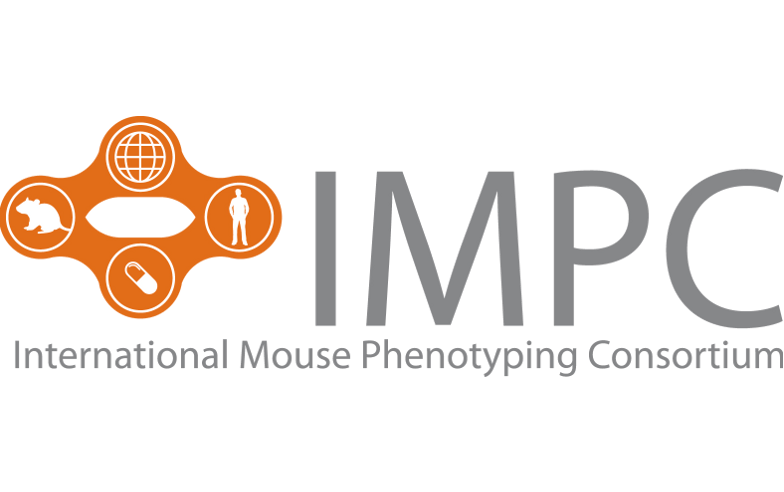|
초록
|
Energy homeostasis in our body system is maintained by balancing the intake and expenditure of energy. Excessive accumulation of fat by disrupting the balance system causes overweight and obesity, which are increasingly becoming global health concerns. Understanding the pathogenesis of obesity focused on studying the genes related to familial types of obesity. Recently, a rare human genetic disorder, ciliopathy, links the role for genes regulating structure and function of a cellular organelle, the primary cilium, to metabolic disorder, obesity and type II diabetes. Primary cilia are microtubule based hair-like membranous structures, lacking motility and functions such as sensing the environmental cues, and transducing extracellular signals within the cells. Interestingly, the subclass of ciliopathies, such as Bardet-Biedle and Alström syndrome, manifest obesity and type II diabetes in human and mouse model systems. Moreover, studies on genetic mouse model system indicate that more ciliary genes affect energy homeostasis through multiple regulatory steps such as central and peripheral actions of leptin and insulin. In this review, we discuss the latest findings in primary cilia and metabolic disorders, and propose the possible interaction between primary cilia and the leptin and insulin signal pathways which might enhance our understanding of the unambiguous link of a cell's antenna to obesity and type II diabetes.
|






